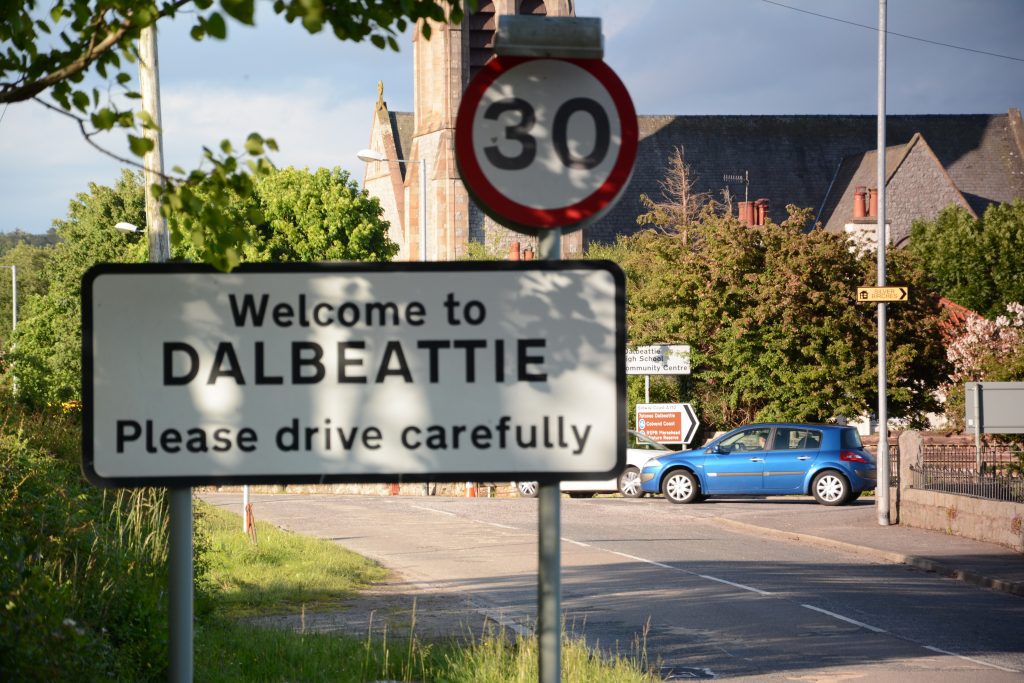Go-ahead for £25 million Dalbeattie Learning Campus.
The new Dalbeattie Learning Campus, worth around £25 million, has been given the go-ahead by Deputy First Minister John Swinney.
Dalbeattie Learning Campus was one of ten new schools and two new health projects which were put on hold earlier this year while advice was sought from the Office of National Statistics (ONS) on the impact of changes to European accounting guidance.
Deputy First Minister John Swinney has today advised Parliament that, following an ONS review of proposals developed by the Scottish Futures Trust (SFT), he has instructed that the projects can now proceed to financial close as soon as possible – delivering an estimated capital investment value of around £330 million.
Mr Swinney said:
“The Scottish Government has always prioritised public infrastructure projects as a critical tool for growing our economic recovery.
“In light of the continuing constraint being applied to public finances – including capital budgets – we will continue to take forward programmes supporting additional investment in our economy and our asset base, creating jobs and enhancing services.
“As I have advised Parliament on a number of occasions over the last year, in response to updated EU accounting guidelines the Scottish Futures Trust submitted proposals to the ONS aimed at ensuring that the balance of public and private sector control and risk and reward in Scotland’s hub funding model reflects the updated guidance.
“While that process has been underway, twelve projects in the pipeline have been unable to reach financial close.
“I have today advised Parliament that these projects can now proceed to financial close as soon as possible.
“I am pleased to be able to announce Dalbeattie Learning Campus, part of our Scotland’s Schools for the Future programme, can now begin to be delivered. This new school will provide a modern environment for children to learn in and will be a fantastic facility for the whole community to enjoy for generations to come.”
Background
Plans for the ten new schools and two new health projects, within the pipeline of revenue-financed projects to be delivered through the Scottish Government’s Hub programme, were put on hold earlier this year while advice was sought from the Office of National Statistics (ONS) about the impact of revisions to European accounting guidance on the classification and budgeting for public infrastructure projects.
The Deputy First Minister has today advised Parliament, on the basis of an ONS review of proposals developed by the Scottish Futures Trust to amend the Hub model in order to support a private sector classification for Hub projects, he has instructed that the projects can now proceed to financial close as soon as possible. The estimated capital value of these health and education projects is around £330 million.
ESA10 (European System of Accounts 2010) is the set of Eurostat rules, introduced in September 2014, that determine how national governments report overall levels of debt in the national accounts, in the case of the UK prepared by the Office of National Statistics (ONS). The rules have set out a particular approach to classifying infrastructure projects developed across Europe under various forms of public-private partnership.
In Scotland, projects delivered through hub Design, Build, Finance and Maintain (DBFM) projects fall under the scope of the revised rules and guidance. All projects of this nature see a delivery partner raise debt to pay for construction, and take responsibility for both construction and maintaining the asset in a good condition. The asset is ultimately paid for by a public authority over time as it is used.
A privately classified project sees the debt classified to the private sector whereas a project classified to the public sector counts towards the national debt, which can require budget cover to be provided over the construction period of the asset rather than over the period in which it is used and maintained. Earlier this year, the Scottish Government announced that it was likely that some changes would be required to hub DBFM projects impacting on the timescales of projects within the Hub pipeline.
The Scottish Futures Trust has developed a number of proposed changes to the hub DBFM model, which the ONS have now advised would support a private sector classification in line with the extant EU guidance. A formal classification opinion will in due course be sought from the ONS, once a relevant contract has been signed and is available for a classification review.





